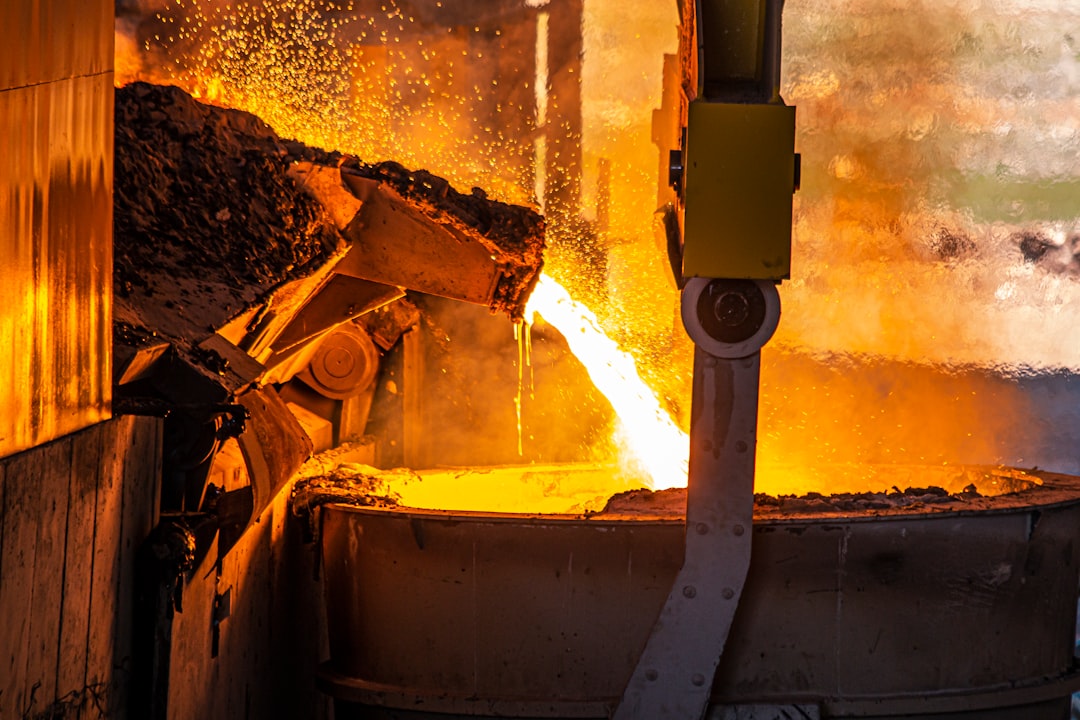
Gas vs electric kiln choices are pivotal for pottery enthusiasts and professionals alike, as the decision can significantly impact the quality, efficiency, and cost of your firing process. Both types of kilns offer distinct advantages and limitations, making it essential to understand their differences to select the one that best aligns with your creative and practical needs. Whether you’re aiming for the convenience and simplicity of an electric kiln or the nuanced control and unique effects of a gas kiln, your firing method will play a crucial role in the success of your ceramic projects.
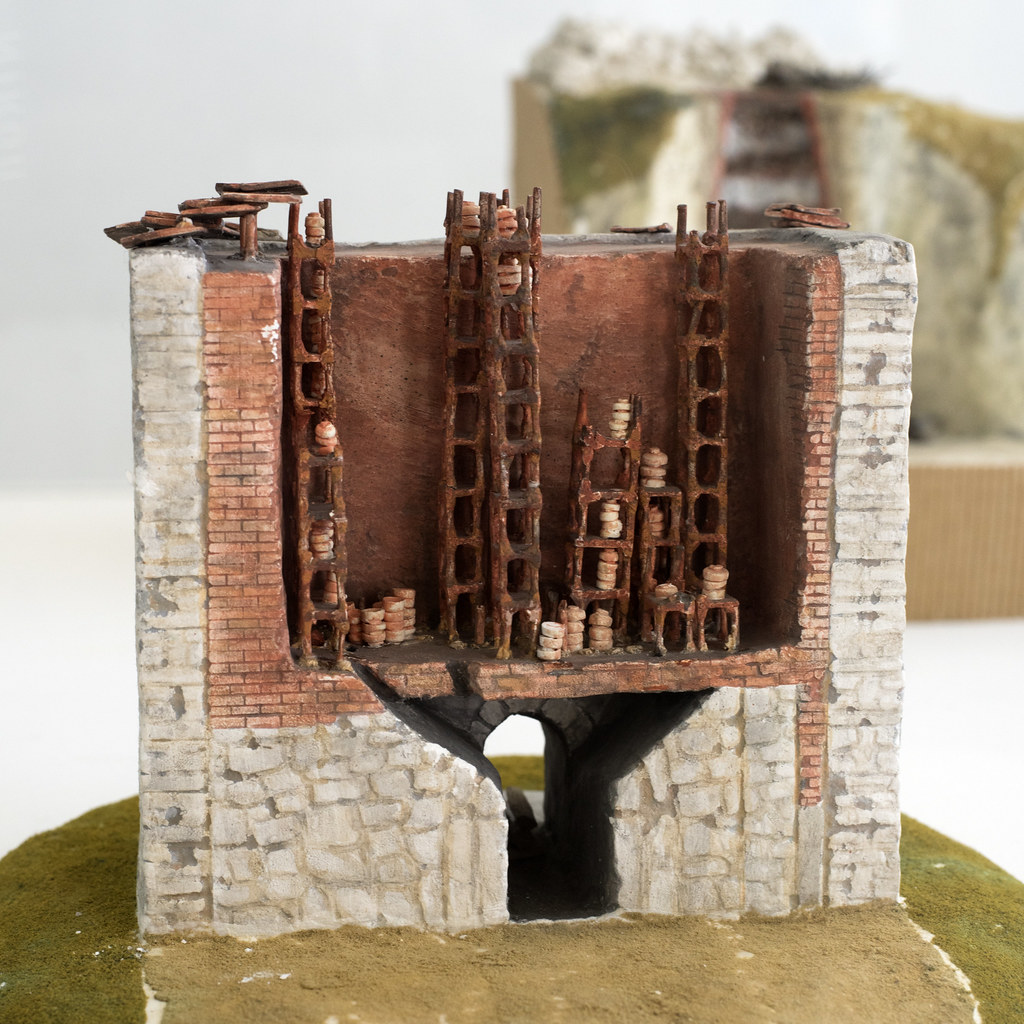
| Feature | Gas Kiln | Electric Kiln |
|---|---|---|
| Temperature Control | Manual control, allows for temperature adjustments during firing | Automated controls, consistent and precise temperature settings |
| Firing Cost | Variable, often cheaper depending on fuel prices | Generally predictable, based on electricity rates |
| Firing Atmosphere | Capable of achieving reduction atmosphere | Typically produces an oxidation atmosphere |
| Installation Requirements | Requires ventilation and safety considerations for gas handling | Requires only basic electrical connections |
| Effects on Finished Pieces | Can produce unique, varied finishes due to atmospheric firing | Standard, uniform finishes with consistent results |
Pros and Cons of Gas Kilns
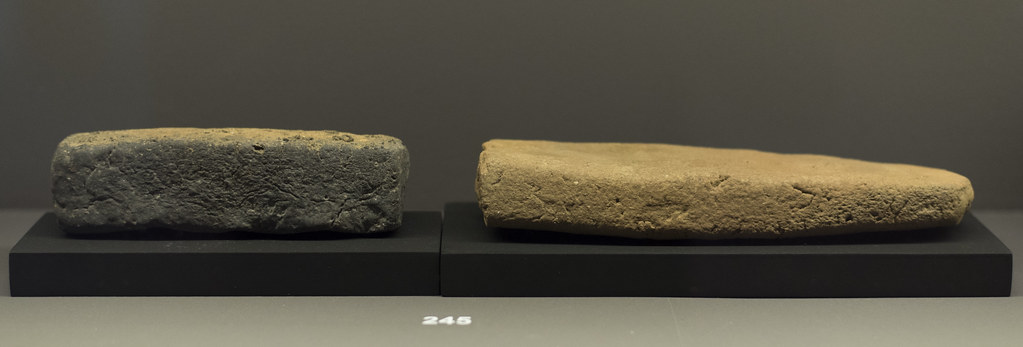
Gas kilns are like the seasoned chefs of the ceramic world. They offer a level of control that can yield truly unique results, especially for those who love to experiment with their work. The ability to manipulate the kiln atmosphere to achieve reduction firing is one of the most significant advantages. This technique can often result in those rich, varied glazes that simply scream artistry.
However, it’s not all smooth sailing. Gas kilns require a bit more know-how and vigilance. The need for proper ventilation is non-negotiable, considering you’re dealing with open flame and combustion byproducts. Additionally, managing the gas supply and ensuring the kiln runs safely can add layers of complexity. On the flip side, while firing costs can sometimes be more economical due to fluctuating fuel prices, these same variances can lead to less predictability in overall expenses.
Benefits and Limitations of Electric Kilns
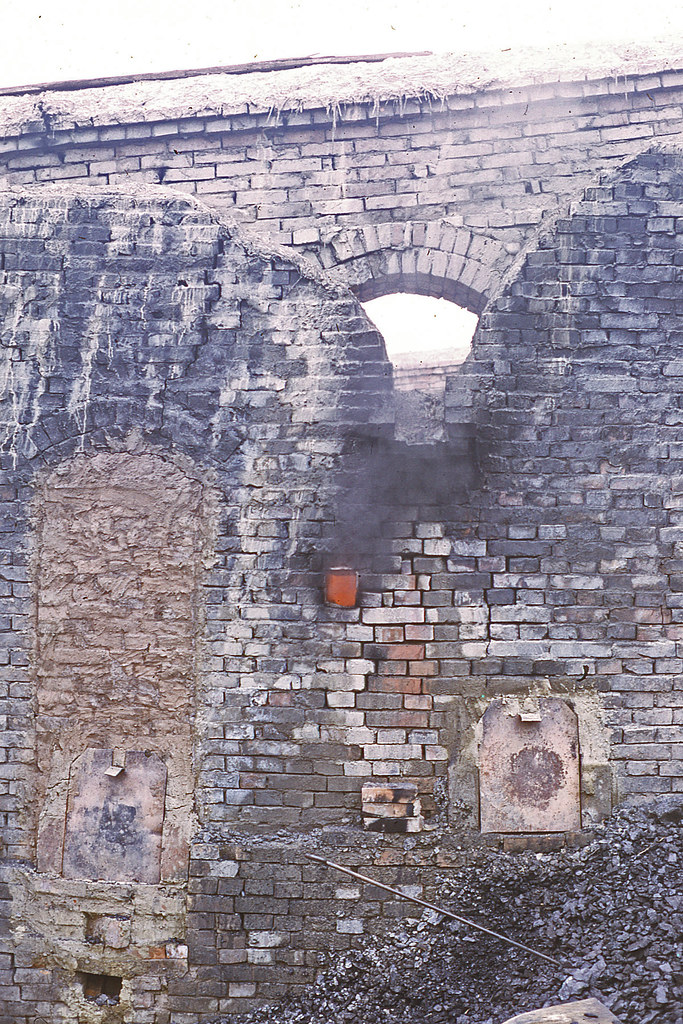
Think of electric kilns as the trusty, go-to appliance in your pottery studio. They’re all about ease and consistency, ideal for those who might prioritize precision over experimentation. The digital controls provided by most electric kilns allow for automated firing schedules, resulting in consistent results for every batch. This predictability in process translates to less stress over your final product. For more detailed information on safety and usage, you can refer to this resource.
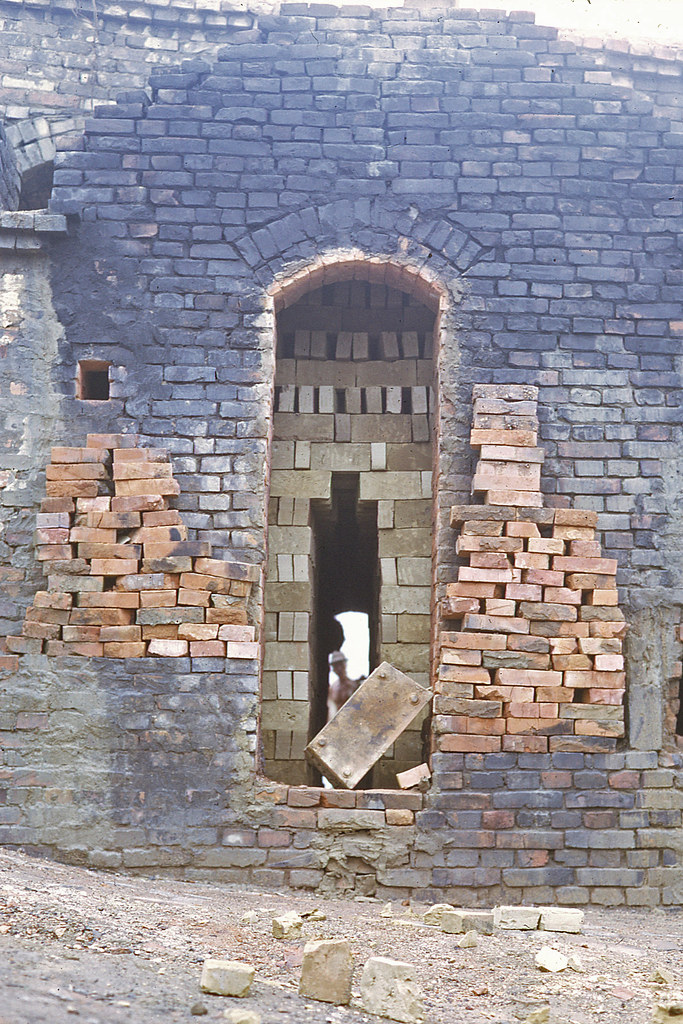
Installation and setup are generally more straightforward compared to their gas counterparts, requiring only an electrical connection without the need for specialized ventilation solutions. As for costs, they’re predictable; your firing expenses directly correlate with your local electricity rates rather than fluctuating gas prices. For individuals new to electric kilns, overcoming fears about their usage is possible, as discussed here.
That said, while electric kilns are great for typical oxidation firings, they might not satisfy artists seeking those unpredictable, atmospheric-fired finishes. The oxides and glazes achieved are often uniform, lacking the wild flair that a gas kiln might provide.
Which Kiln is Right for You?
Choosing between gas and electric kilns boils down to your personal artistic goals, space availability, and willingness to manage more complex operations. Are you someone who revels in adventurous glaze outcomes and can manage the extra effort and vigilance a gas kiln demands? Or does the appeal of a user-friendly, set-it-and-forget-it electric kiln with consistent results resonate more with your artistic and practical needs?
Ultimately, each kiln type serves its niche of the pottery community. Whether you prioritize control and uniqueness or predictability and simplicity will shape your choice.
As you weigh your options, think about what excites you about the firing process. Does the idea of crafting something with creative flair and a hint of unpredictability tantalize you, or does the comfort of consistency win the day? Share your thoughts and experiences in the comments—what kiln do you wish you had in your studio and why? Explore more of our recent articles for further insights into the world of pottery.
Buying Your First Kiln
When weighing the gas vs electric kiln choices that are pivotal for pottery enthusiasts and professionals alike, the YouTube video “Buying your first Kiln (used or new)” by Earth Nation Ceramics provides valuable guidance for those looking to make an informed decision on their first kiln purchase.
Ultimately, choosing between a gas and electric kiln comes down to your specific needs, budget, and the type of work you plan to create. Both options have their unique strengths, whether it’s the consistent temperature control of electric kilns or the versatility and traditional feel of gas kilns. Take the time to assess what matters most to you, and don’t hesitate to experiment until you find the perfect fit for your pottery journey.
Stay Connected and Keep Creating
I'd love to see your kiln adventures and creations! Be sure to follow me on Instagram for more tips, inspiration, and behind-the-scenes moments. Let's continue this creative journey together and support each other in our artistic endeavors.
